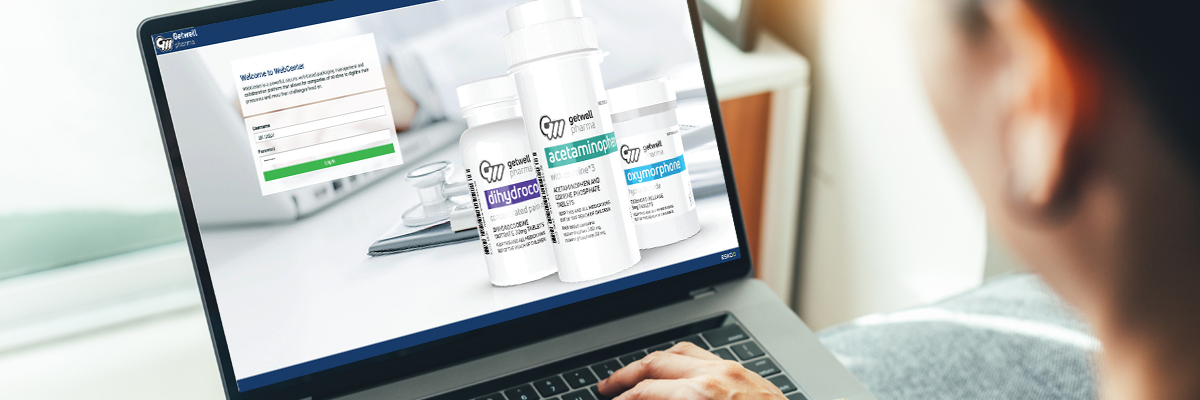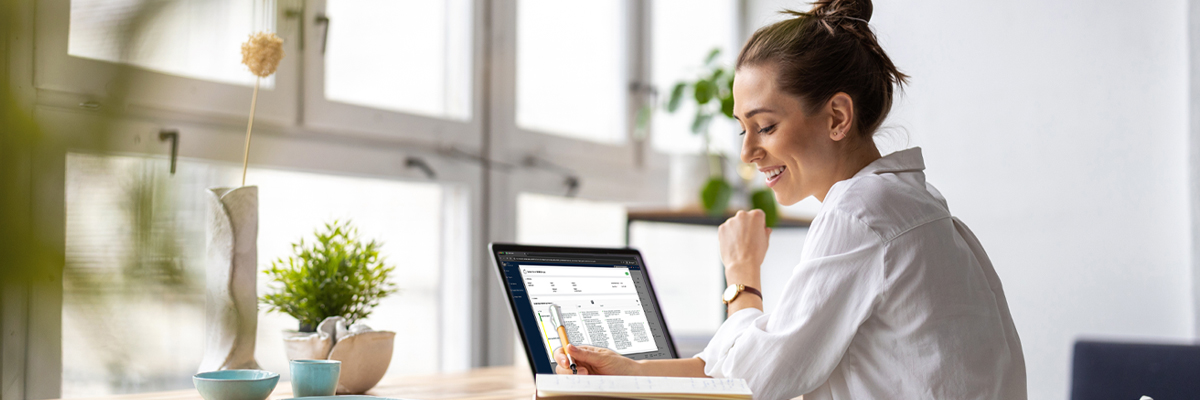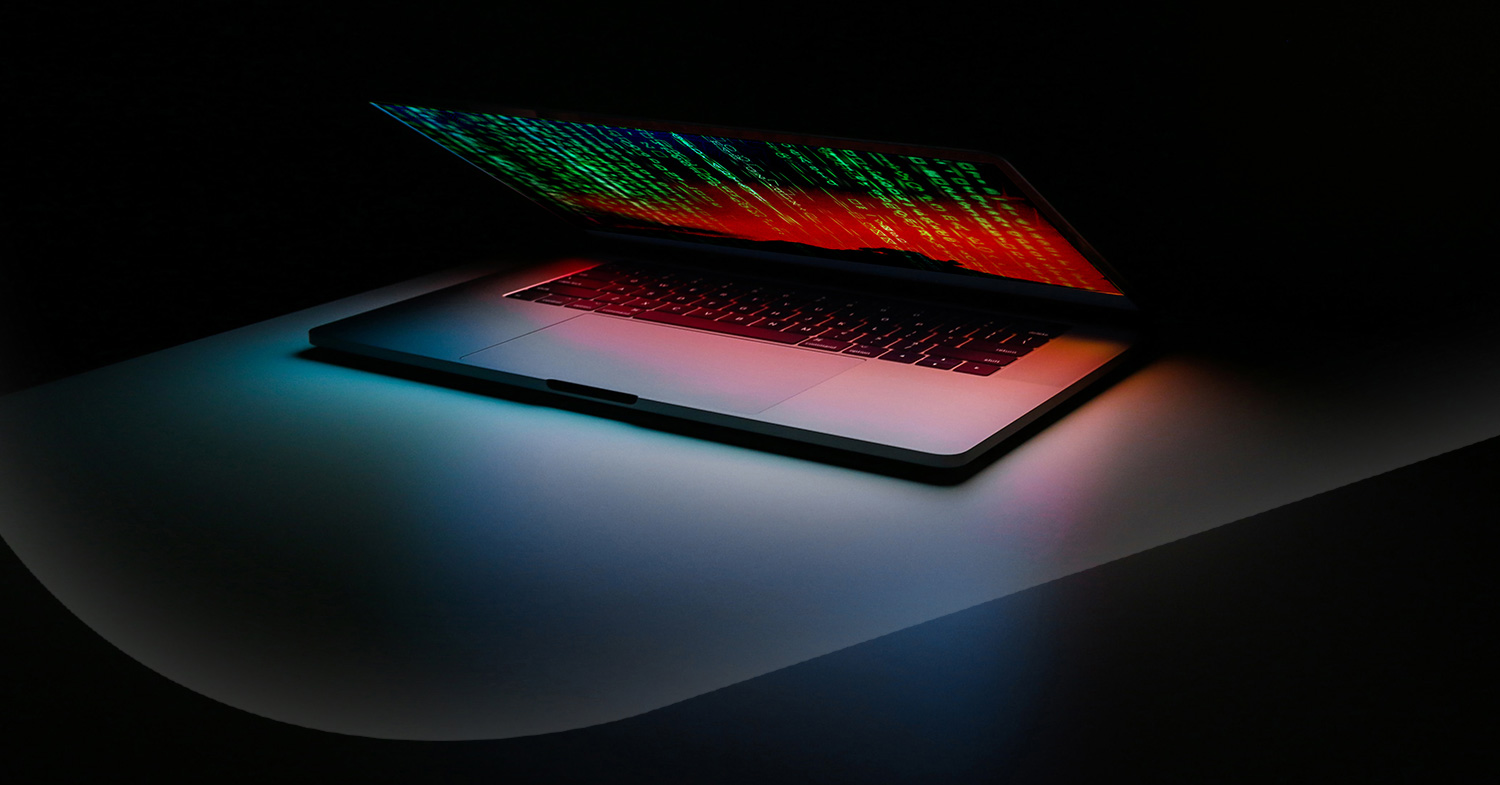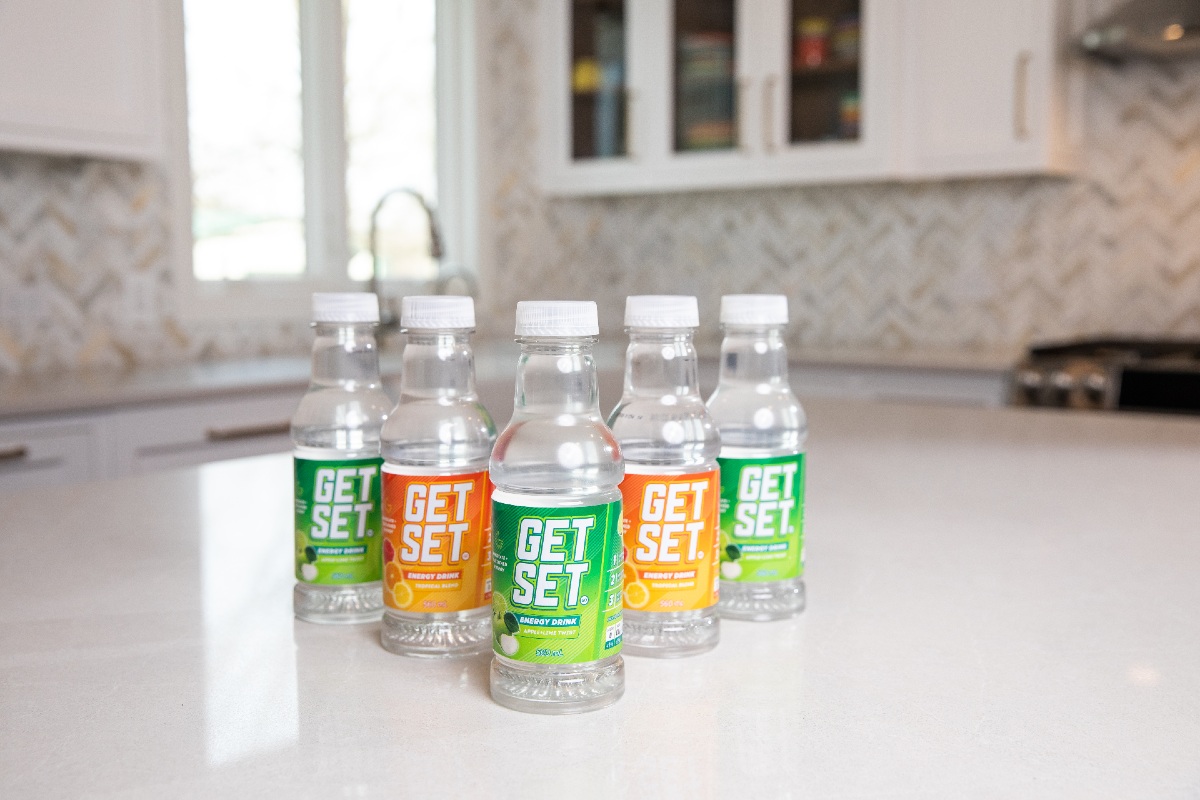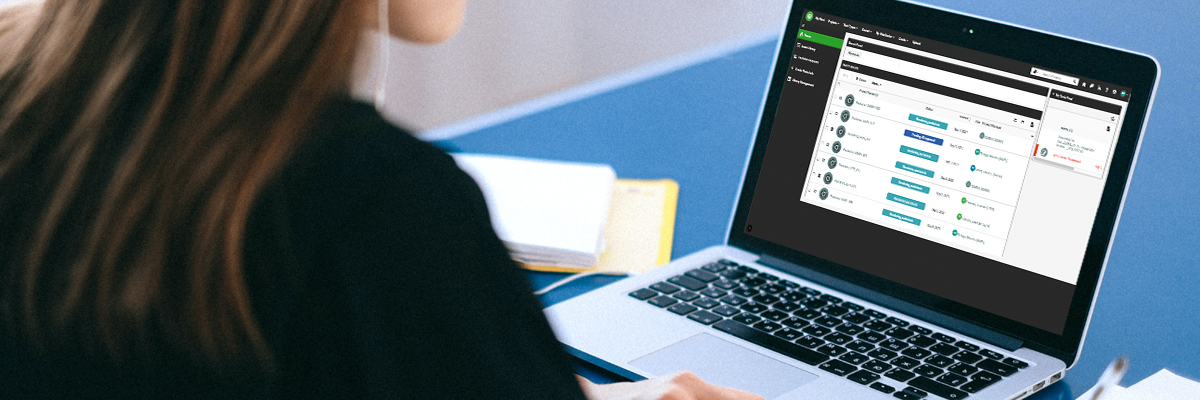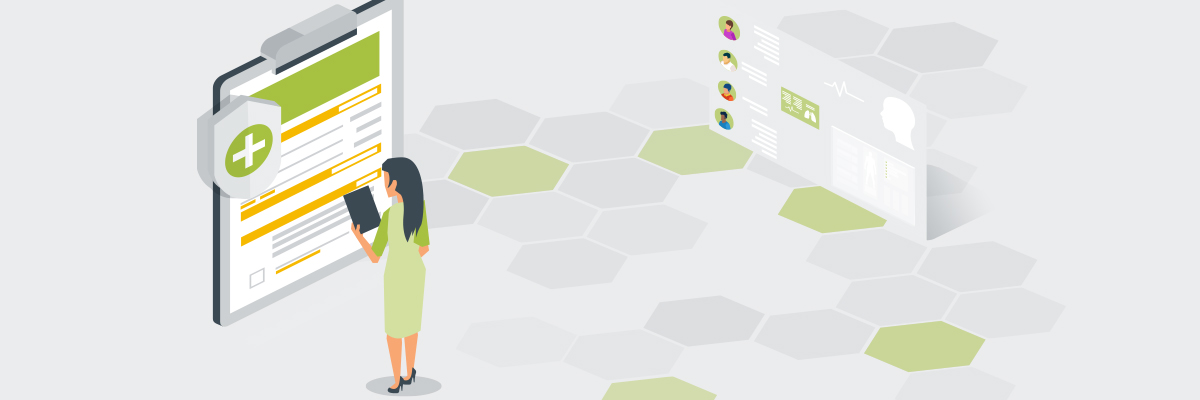Packaging is mission critical to secure consumer attention. It’s the first point of contact a consumer has with a product, and it drives purchasing behaviors. In fact, 64% of consumers try a new product because they find the packaging appealing. 41% will continue to purchase a product because they prefer its packaging. According to Nielsen, a successful package redesign can yield 7x return on investment for a small brand.
Companies utilize market research to understand consumer preferences. However, market research is also a big investment, being both time-consuming and costly. Consumer Insights, a type of market research, impacts both your product marketing strategy and packaging design process through virtual store testing and data collection. With Consumer Insights, you can design the right packaging, determine the appropriate shelf-placement, and increase your product’s sales.
What is Consumer Insights (CI)?
Commonly referred to as CI, the main purpose to implementing Consumer Insights is to understand what draws a consumer to your brand, why they care, and what triggers their purchasing decisions.
Various methods are used to collect CI, including interviews, focus groups, ethnography, survey research, social monitoring, and customer journey research. These methods allow you to predict how a consumer will react to your product and packaging. With a deeper understanding of consumers, businesses can exceed consumer expectations, affording them a competitive advantage in today’s ever-changing retail marketplace.
What is a Virtual Store and Why is it Used?
A virtual store is a way to create a digital retail environment using Virtual Reality (VR). The 3D store concept enables you to design the store, rearrange items as you’d like, and test store concepts without creating physical prototypes.
Collecting Consumer Insights (CI)
Implementing a research study using CI integrates VR technology, the virtual store, and a focus group. Participants are provided a “shopping list” and sent into the store for a shopping spree.
Watching a focus group participant’s journey in the virtual store sheds light on the “why” behind their actions, often referred to as behavioral analysis. Using eye-tracking and heat map technology, you gather behavioral data that is measurable. Virtual store research also allows you to observe shoppers in specific conditions and scenarios.
Best of all, you can test as many products as you want with minimal risk. You can change the virtual store environments, layouts, and products in real-time – making it easy to see how a product performs in a certain space. All necessary stakeholders, regardless of location, have access to the same software and virtual store, enabling the same testing and data collection process, and storing it in a central location.
What Consumer Insights Means for Your Brand
Whether it’s launching a new product or testing your package design, it’s ideal to conduct testing in the most realistic retail environment as quickly and cost-effectively as possible. There are three main benefits to gathering Consumer Insights via a virtual store.
1. Consistency
Virtual store research enables your team to test packaging variants (such as region, or line extensions) in any location across the world. While the packaging may change to match what’s required of a particular market, your entire process stays the same. Anyone can run your focus group, whether it be another department, office, or even a supplier or partner. Because the process is repeatable, the data will be consistent and valid.
2. Scalability
Building a mock retail store environment or physical packaging prototypes take a lot of time, and sometimes these mock-ups aren’t as realistic as you’d hope. Using virtual stores and Consumer Insights, you can create hyper-realistic virtual stores and product packaging in minutes. Not only is this a time-saver, but it also makes it easy to scale your projects – doing more studies with more participants – in less time and with a smaller impact on the department budget.
3. Cost-effectiveness
Not only are mock stores and physical package prototypes time-consuming, but they are also expensive. Eliminate the cost of physical or printed shelf-sets using CI and a virtual store.
Bringing the research process in-house versus relying on third-party providers reduces outsourcing costs. The ability to test ideas quickly and make the appropriate adjustments to your designs saves money associated with rebranding and refreshing packaging.
The Bottom Line
With ever-shifting consumer preferences and behaviors, it is imperative to capture a shopper’s attention quickly in what can be a very overwhelming and stimulating environment: the store-shelf.
Consumer Insights’ main purpose is to help you understand what draws your shoppers to your brand and how they make purchasing decisions. Focus group testing, with its inherent process consistency and scalability, is exactly the type of data needed to help quickly solidify whether a new product launch, a rebrand, or package refresh will be successful. Best of all, virtual store research is faster and more cost-effective than traditional forms of market research, helping you increase sales and consumer loyalty.
Learn how Esko can help you design your own virtual store and implement CI research with Store Visualizer. For more information, download the e-book!
